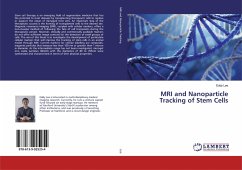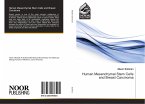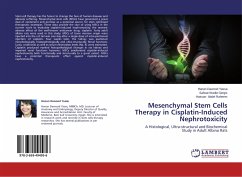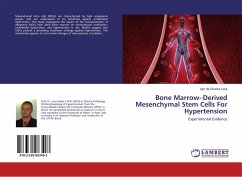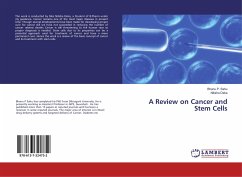Stem cell therapy is an emerging field of regenerative medicine that has the potential to treat diseases by transplanting therapeutic cells to replace or support the repair of damaged host cells. An important step of the therapeutic success is the homing of transplanted cells to the desired site. Magnetic resonance imaging (MRI), coupled with cellular markers, offers a non-invasive method of following the fate of cell transplants during the therapeutic period. However, clinically and commercially available markers do not offer sufficient image contrast for the detection of small groups of cells. The aim of this thesis is to investigate the development of particulate cellular markers that will improve the tracking of stem cells in an animal model through MRI. Current markers for cellular labelling are composite, magnetic particles that measure less than 100 nm or greater than 1 micron in diameter. As the intermediate range has not been investigated, microgel iron oxide particles (MGIO) with the diameters of 89 to 765nm were synthesised and characterised in terms of their physical properties.

